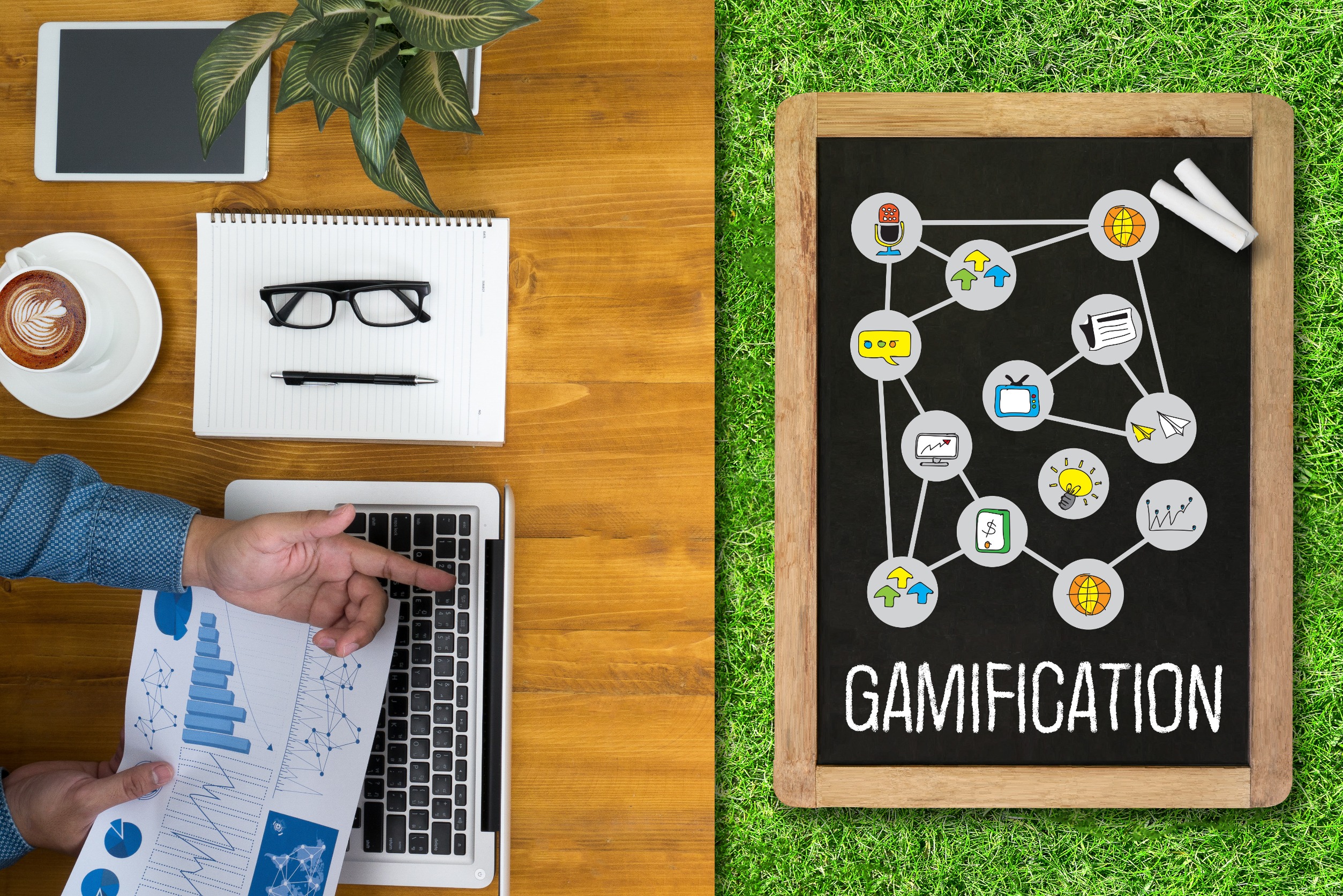Technology and what it means for the future of L&D
- HRM Asia Newsroom

50% of all employees worldwide will need reskilling by 2025 due to adopting modern technology – B20.
Do we really need upskilling and reskilling that soon? Yes.
We are adopting technology faster than ever, and we are learning to adapt more quickly, too. It took Netflix 3.5 years to reach one million users. Instagram? 2.5 months. ChatGPT? Five days. Threads? One hour.
With massive reskilling and upskilling needs, how are you supposed to deliver with the same budget? What budget extensions are likely to be approved?
Technology, of course.
But tech does not make change. It is only a tool. What kind of skills do you need to deliver?
Less than 30% of companies say they have the digital talent they need, and nearly 90% of executives believe “soft skills” are more important than ever — and struggle to find talent with the right mix.
You will need to deliver both digital and human skills. Why?
Because 44% of working hours across industries will be impacted by artificial intelligence (AI), and every job will soon be decomposed into tasks that can be automated or augmented, requiring it to be reimagined for a new human + digital workforce coordinated by AI.
 “When learning equips you to perform and succeed, people will pursue and engage.” – Dr CJ Meadows, Director, i2e – The Innovation & Entrepreneurship Centre – S P Jain School of Global Management.
“When learning equips you to perform and succeed, people will pursue and engage.” – Dr CJ Meadows, Director, i2e – The Innovation & Entrepreneurship Centre – S P Jain School of Global Management.
Once you map out the digital and human skills you will need, how can you deliver?
First, gaming and optional learning.
That is right. When learning equips you to perform and succeed, people will pursue and engage. According to KPMG research on a client’s optional, gamified learning focused on company offerings, fees grew 25+%; client numbers increased 16%; new-client opportunities rose 25%; more use led to higher performance; and offices with more participation and leader learning grew revenues 16% and 19%, respectively. Also, measure your learning ROI (as they did!)
Even if you do not gamify, microlearning combats the 40 – 80% online learning dropout rate with 10 – 15 times the learner engagement over video-learning. Gnowbe, for example, features immediately-applied microlearning in an online social setting with behavioral nudges and more.
With greater emphasis on “human” skills, we will see both increased psychometric assessments for individuals and teams, as well as bioreadings such as neuro, hormone, electrodermal, facial/eye/body tracking, and more. Neuro-leadership studies show that using more of the brain for decision-making leads to better decisions, and GSR readings can help us sense human intuition. Not only can you take readings, but you can use them in the learning process.
When we are not interacting in-person, facilities like SPJ Global’s Engaged Learning Online studios can boost engagement with more realistic group settings, including simultaneous translation, full-body facilitator movement, eye contact with always-on videos, set screen positions every meeting, and other facilities that encourage relationship development and interaction.
Virtual reality (VR), metaverse, simulations, and visual wrap-around experience rooms also increase engagement and allow learners to focus on what interests them, engage with people in other locations real-time and realistically, and engage in “do-overs”, which any Olympic athlete will tell you is key to breakthrough skill development.
AI, GenAI, ChatGPT, and digital twins are, of course, the stars of the day, facilitating personalised learning pathways – and career pathways if you will allow them – personalised coaching, and in-the-work-moment learning, assuming your human workforce is fully integrated with a digital workforce. With commercially-available, small-language-model, closed AI systems like personal.ai, you can now easily make (by yourself!) digital trainers, coaches, supervisors, administrators, and more.
In short, technology can not only help us focus on human-appropriate work but can also help us become more human – or, rather, the humans we would like to be.
READ MORE: Have you digitally twinned your employees yet? Or yourself?
Caveat emptor: Before employing tech, I implore you to create a new model of the attributes and skills you will need from tomorrow’s workforce and explore new business models for learning that should decrease your costs and increase the business value you get from learning. (Yes, I have models to share).
How will you use tech to increase your workforce’s tech – and human – skills?
About the Author: Dr CJ Meadows is Director, i2e – The Innovation & Entrepreneurship Centre – S P Jain School of Global Management. To talk to the author’s digital twin about your situation, just visit CJ2.personal.ai and click the “public chat” button.
To learn more about the future of L&D, visit drcjmeadows.com/futureoflearning for the author’s upcoming book, Disrupting and Design Thinking the Future of Education (Routledge, available on Amazon), multimedia book The Future of Learning (Gnowbe), articles, and more.
For more news and analysis on the latest HR and workforce trends in Asia, subscribe to HRM Asia and be part of the region’s largest HR community!






